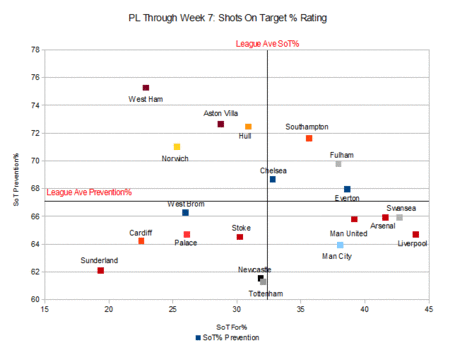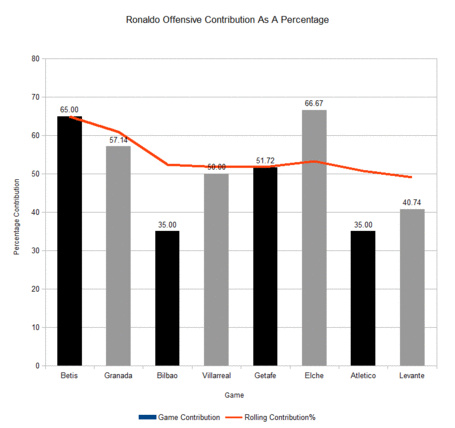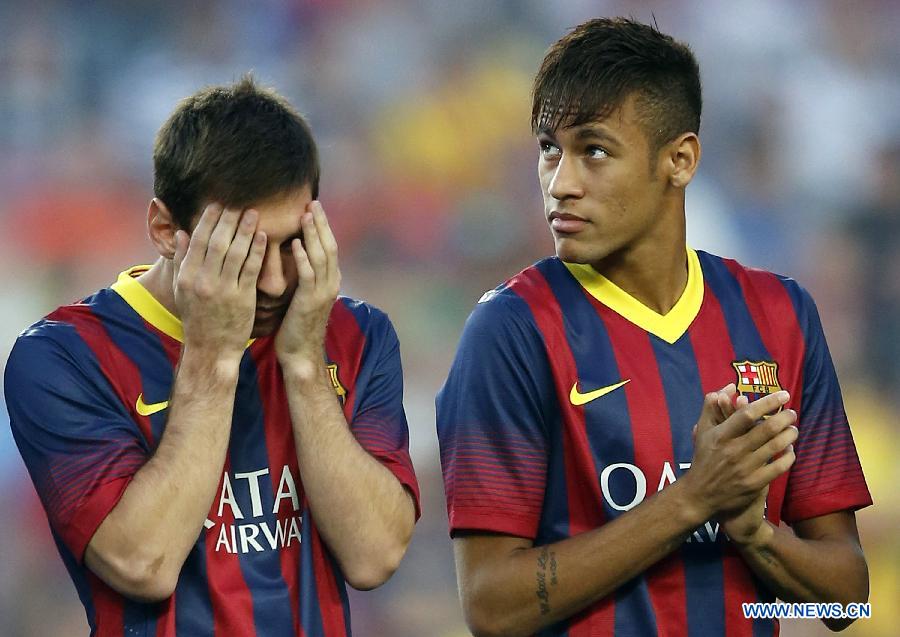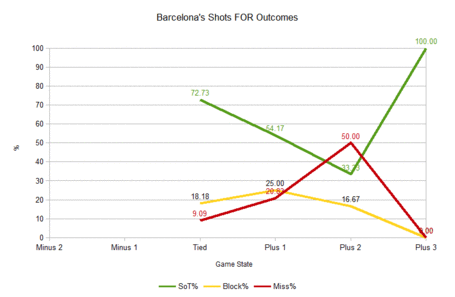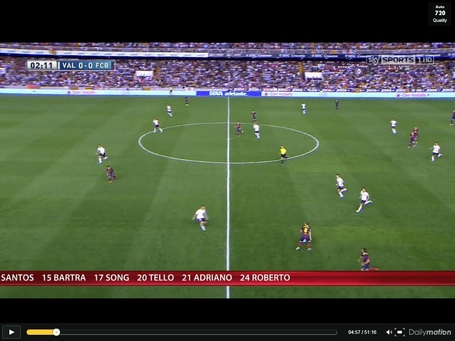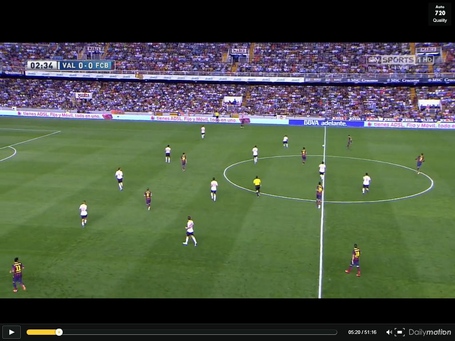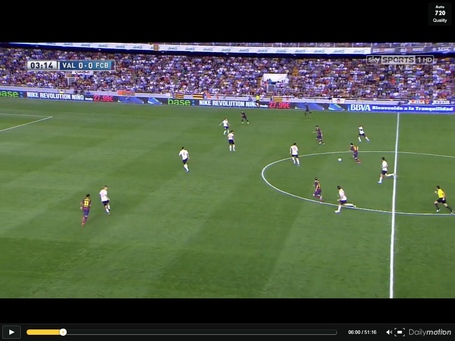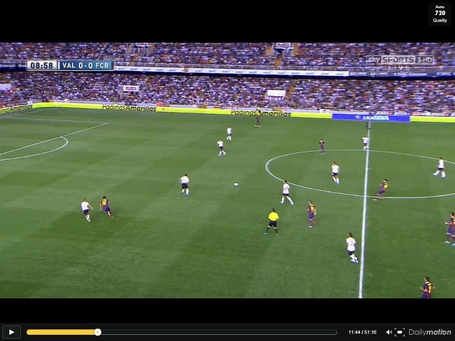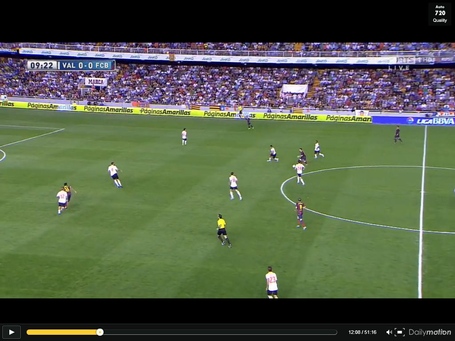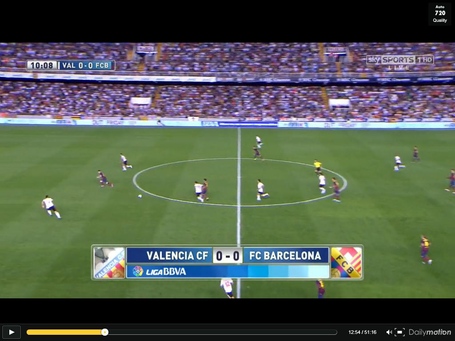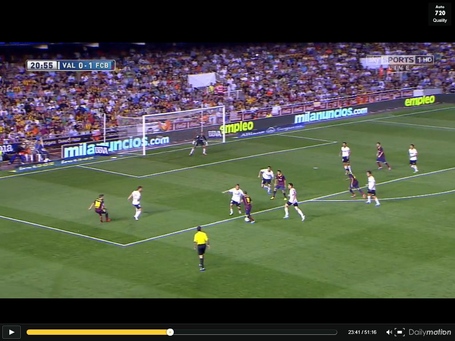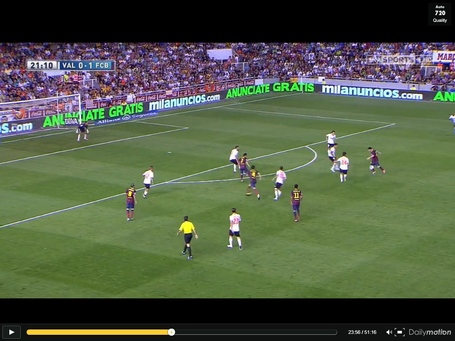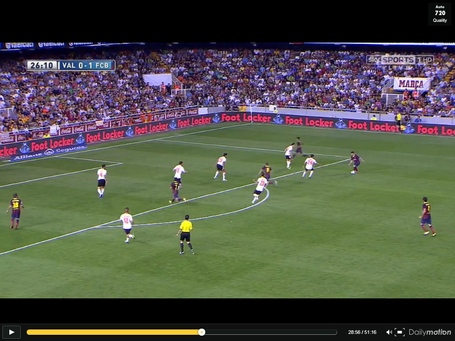Cast your mind back to last season, just briefly, and try to recall Mourinho's Chelsea team. Impressive structure, solid, efficient, and able to grind out some spectacular results in the most difficult away games of them all. Remember the brilliantly stoic tactics that Mourinho employed away at Man City and Liverpool.
Tactically, Mourinho still had it, and he's still got it. But what Mourinho didn't have last season was the horses to play in a flexible way when the game, or game situation, demanded it. Chelsea, in what some called a season of transition, didn't have the squad depth or the variety of player needed to combat the lesser teams in certain away games. The issues regarding Chelsea's squad makeup and flexibility also extended to some home games where Chelsea began to suffer problems against teams that "parked the bus".
Maybe I am being both overly kind to Mourinho and overly critical to the makeup of the squad, but it felt to me that he just didn't have the variety and quality of players that he needed to break down all different types of opposition. But he has now. Players of the highest quality have been signed, the first XI looks vastly improved and the narrative surrounding Chelsea now sounds something like this: No Excuses.
13/14 Numbers
That is a lot of numbers and a lot of #2 rankings for those numbers. Despite Chelsea lacking in a few key areas of the playing staff (creative mid, striker) Mourinho managed to get some mighty fine underlying numbers from the players he had.
This was a pretty darn good Chelsea team. Chelsea in 2014/15 should be even better.
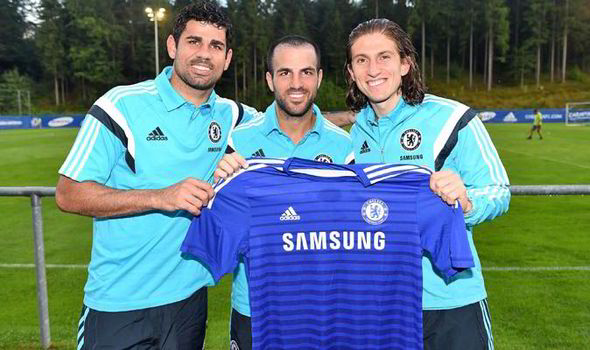
My God Fabregas looks older.
INS
Fabregas 33,00 Mill. €
Diego Costa 38,00 Mill. €
Felipe Luis 20,00 Mill. €
Drogba Free
Pasalic 2,50 Mill. €
Courtois & Zouma return from loan spells
Outs
Luiz 49,50 Mill. €
Lukaku 35,36 Mill. €
Demba Ba 6,00 Mill. €
Various loans for youth players.
Chelsea just about broke even. That they did so while upgrading positions of absolute need and selling players that likely won't harm the quality of the first XI is astounding. It's strong work and credit where credit is due.
The Squad
The loss of Lukaku and De Bruyne, both top draw prospects, will hurt in the long term but it raised substantial funds in order to do the important work of improving Chelsea in the present.
Diego Costa fills an immediate need in the striker position and will surely score if his fitness holds up. Fabregas was a creative wizard in his first spell in the PL, but has age caught up with a player who was subjected to boos and, most painfully, sarcastic jeers from Barcelona fans last season? Fabregas has likely got a good few years left yet and should be a fine signing. Courtois might be the 2nd best GK in the world, Zouma adds depth and promise in the CB position and Felipe Luis is a specialist left back who Mourinho should be able to quickly trust.
Chelsea have greater depth and quality now and this should be a squad better able to cope with the grind of a typical Premier League season.
The First XI
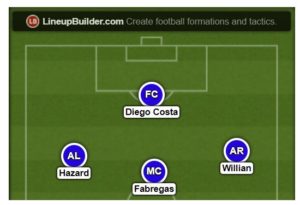
This is only a guesstimate, remember! Maybe Fabregas drops in where Ramires is and Oscar fills the position vacated by Fabregas. Maybe Schurrle plays instead of Willian. Point is Chelsea have midfield options now, options enough to tweak the shape and formation of the first XI if needs be.
Management
Hard, unfair, loved by his players, a proper bastard, tactical genius. These are just some of the words that could be used to describe Mourinho but the only word the man himself would be interested in would be winner. The mainstream media tell us that this is a big season for Mourinho, that there'll be no excuses this time, that he has his player upgrades, that he has settled back in at Chelsea once more.
Maybe that narrative is fair. Managers at the top clubs now are on a short leash, though Mourinho's would be a little longer than others might be, and the pressure to win now exists at Chelsea just as it does at Man City. Mourinho has the experience, the character and, above all, the brilliant systems to win now.
Will the arrivals of Fabregas,the creative hub, and Diego Costa, the spearhead, lead to a change in setup or approach from Mourinho? Probably, but any change won't be drastic and Chelsea should still use that killer counter attack option that gave the big teams such trouble last season.
Maybe Fabregas' arrival leads to better game management and more control of games. Maybe Costa is the forward Chelsea have been looking for to maximize that insanely good attacking midfield band.
Mourinho is pragmatic and adaptable and how he tweaks his setup to accommodate the aforementioned players will be a fascinating thing to watch.
Expectations
To win the league, semi-finals of the CL. Domestic cup wins would be nice but who are we kidding!
Conclusion
Chelsea were a mighty good team last season who posted some mighty good numbers, but a lack of personnel options and a misfiring forward line handicapped Mourinho's title challenge. Chelsea, with an improved starting XI and some increased depth, should get a lot closer to winning the PL title in 14/15 but will it be enough?
I think the title race will be pretty close this year and the two, almost inseparable, teams will be Man City and Chelsea, which will be a surprise to no-one. But, Chelsea will fall just short of a Man City team who boast unrivaled squad depth and forward punch. Man City's strength isn't the only reason I think Chelsea will fall just short.
I still believe Chelsea have depth issues at center forward where the drop off in talent after Diego Costa is alarming. Torres is a ghost, Drogba was declining 3 years years ago and not much should be expected from him. If Costa suffers more injury troubles then the scoring burden falls to one of those faded talents or to a man like Schurrle. It's not ideal and it is very likely that it could be an issue for Chelsea at some point this season.
The other area of weakness may be in the center of defense. Cahill and Terry are a fine, fine partnership but if injury strikes to one of the pair then Chelsea are left with Ivanovic and 19 yo Kurt Zouma.
Chelsea have improved their first XI and signed players who should add at least a few points to the tally Chelsea posted lasted year but issues regarding positional depth and Chelsea's ability to cope with injuries in defense and attack lead me to think that Chelsea will finish in 2nd place.
But it'll be close. I think.
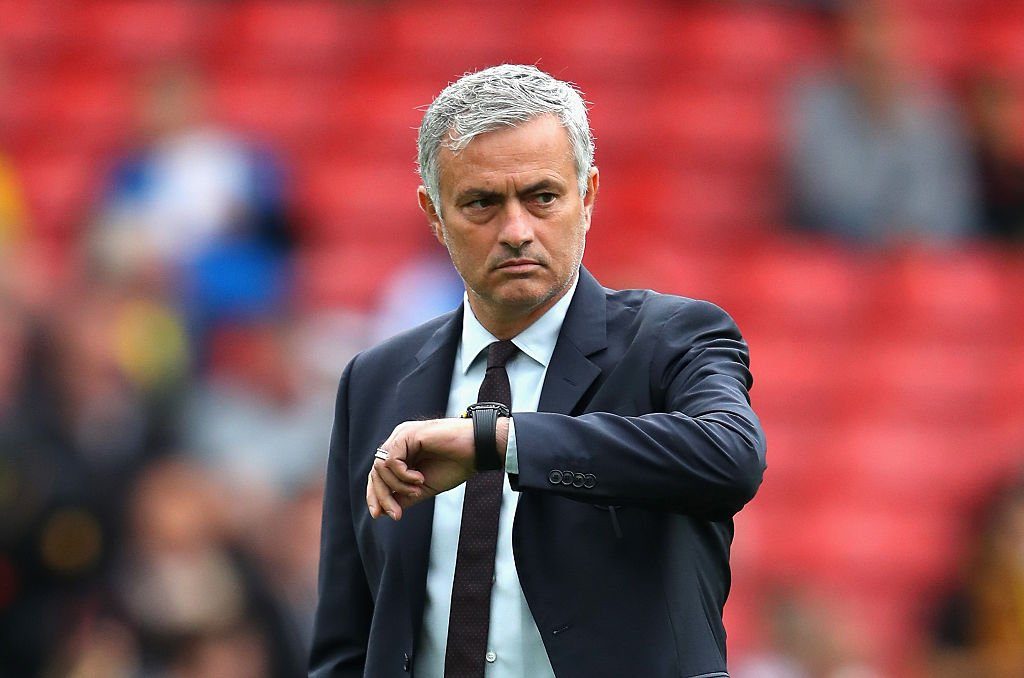
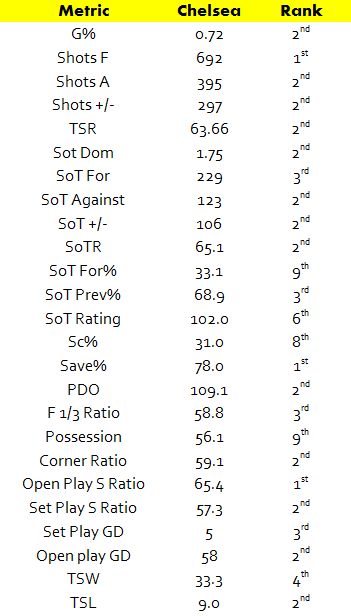
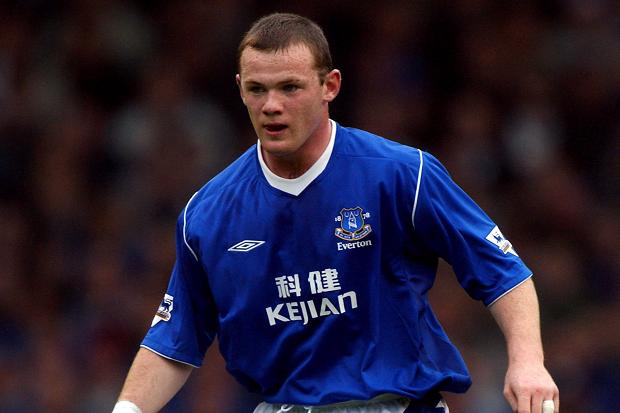

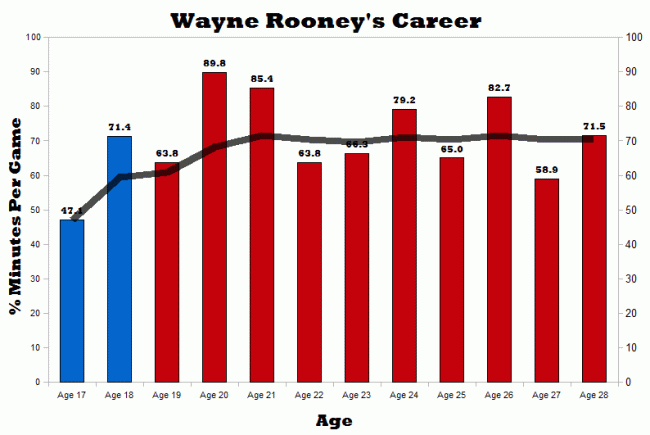


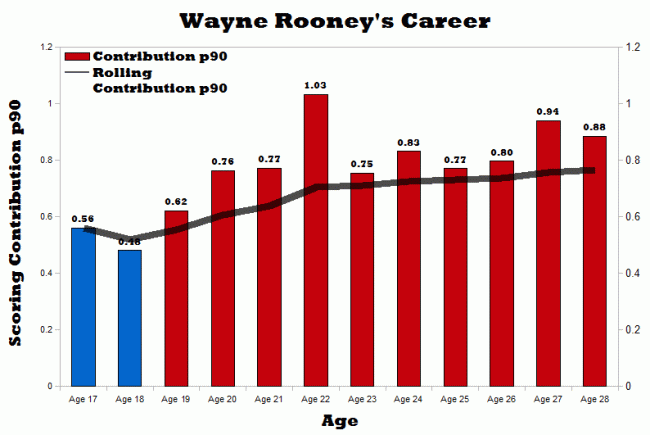



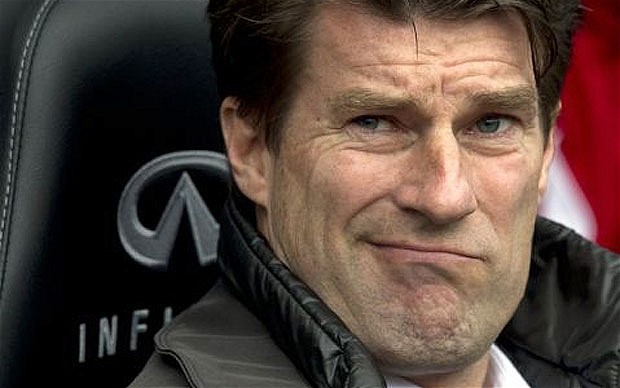
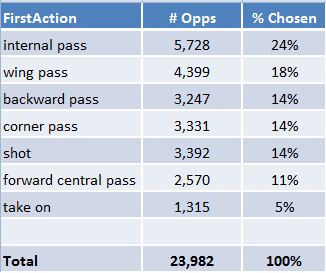
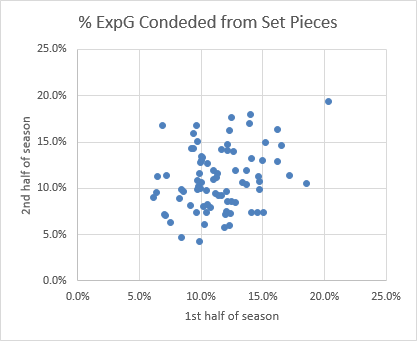
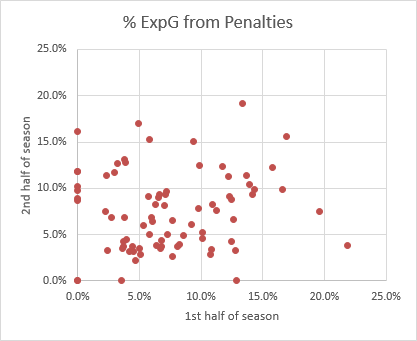

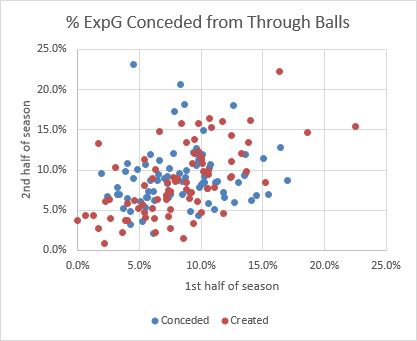
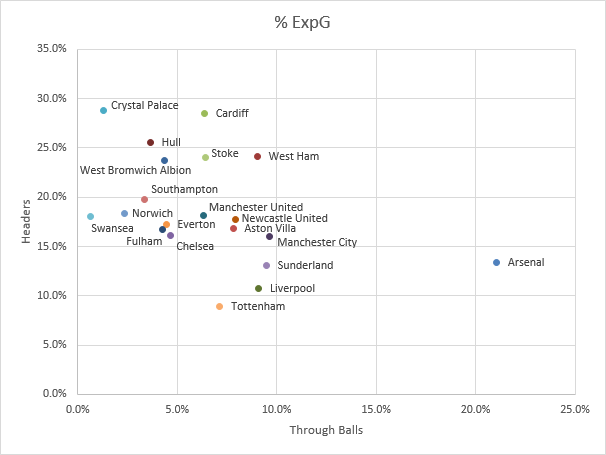
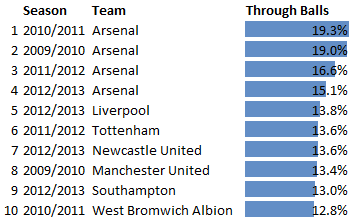
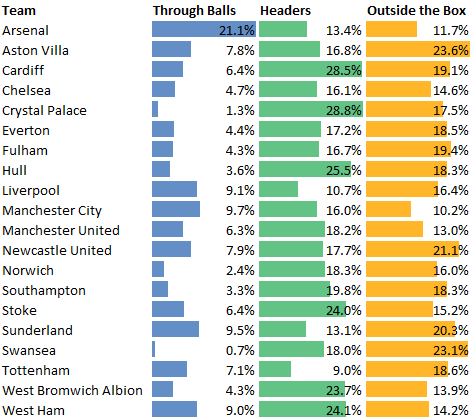
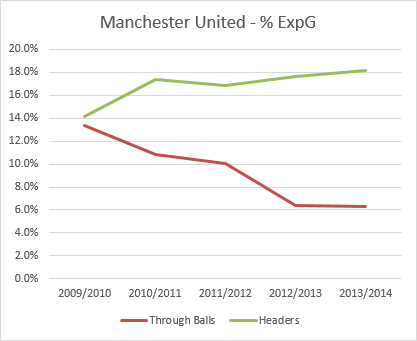
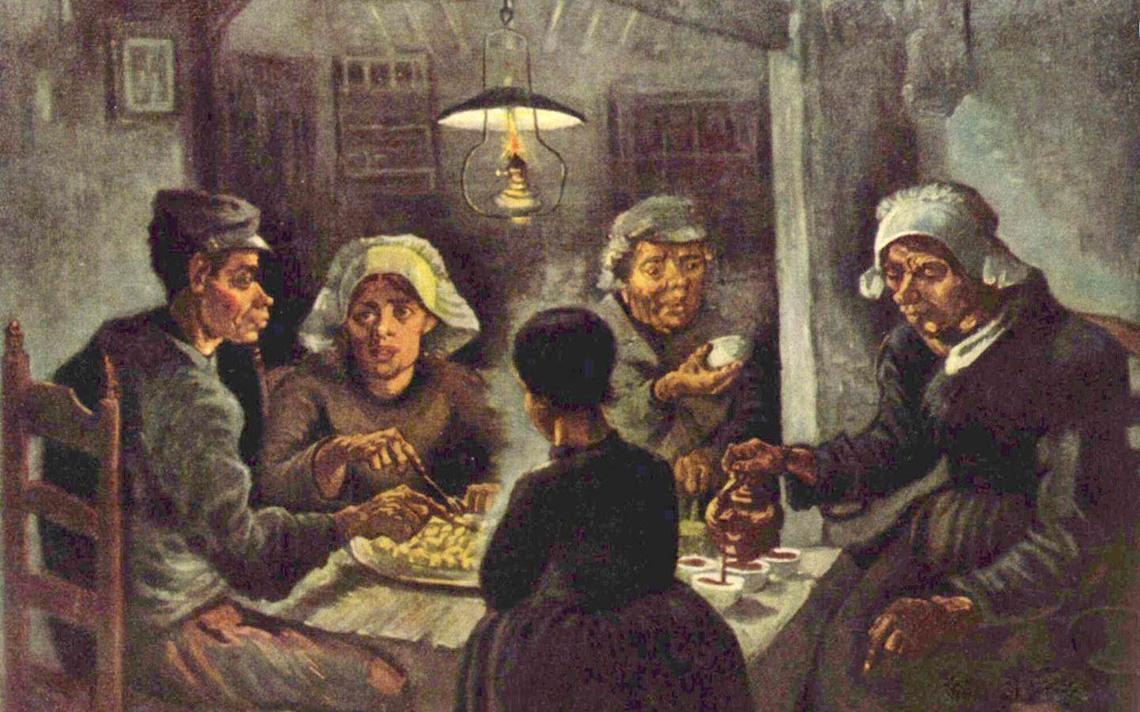
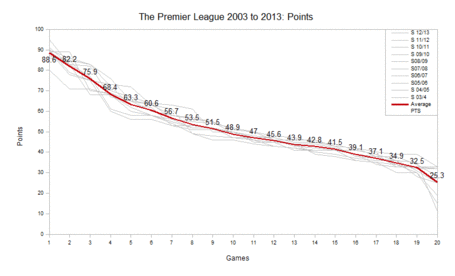
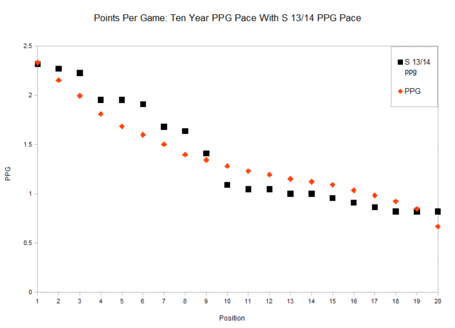
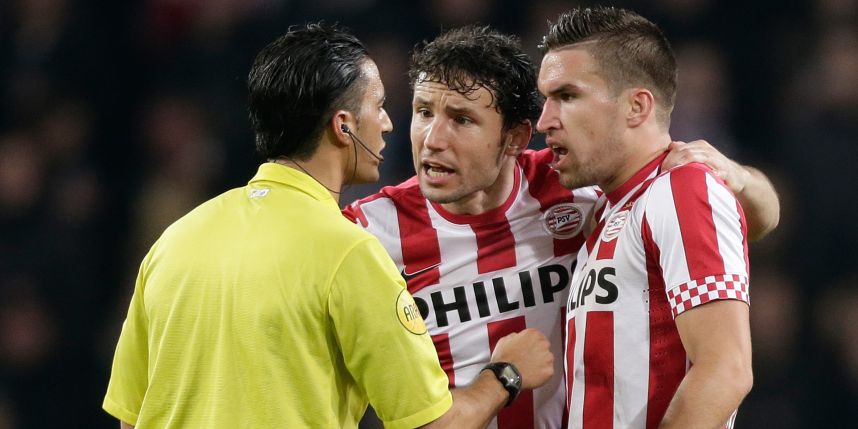
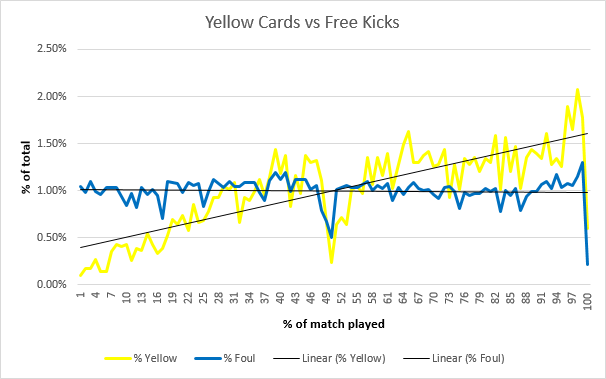
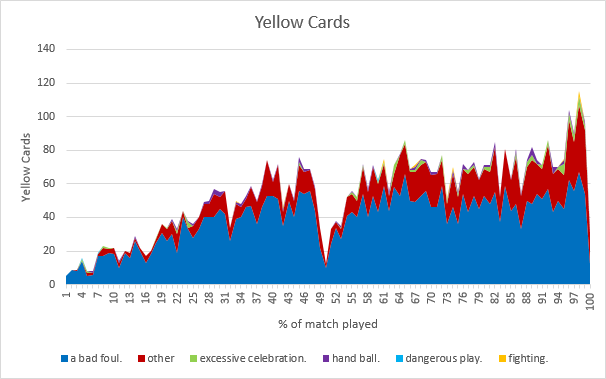

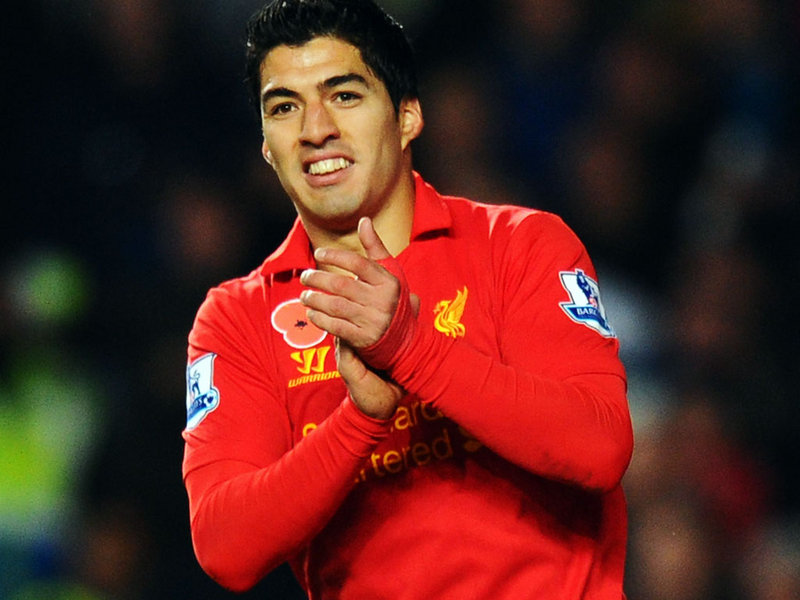
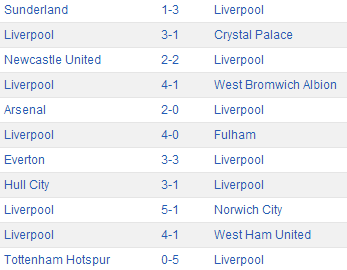
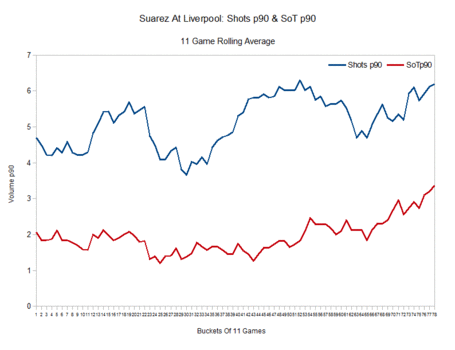
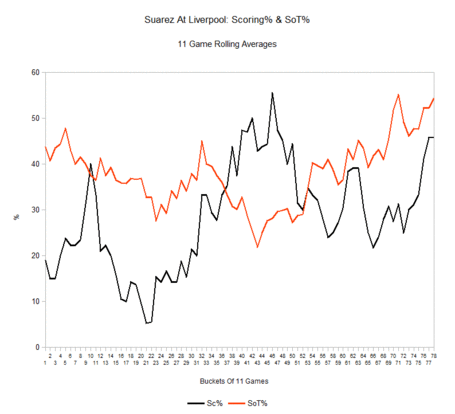
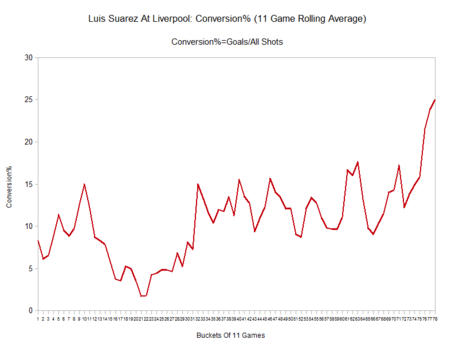
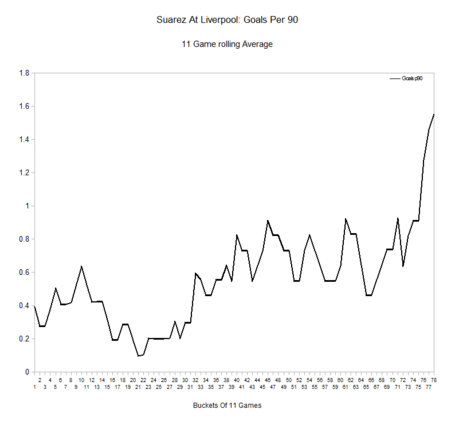
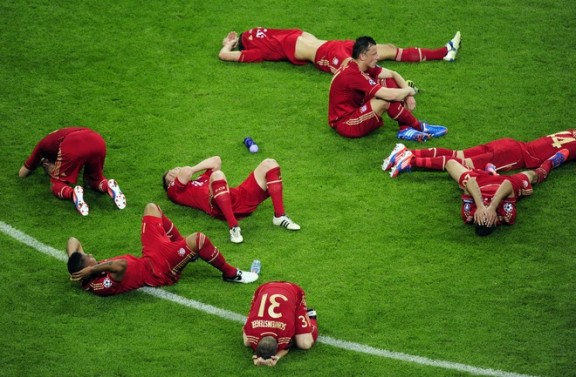
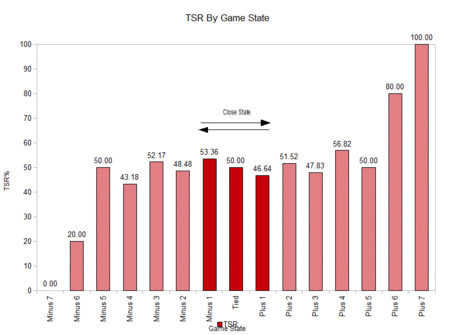
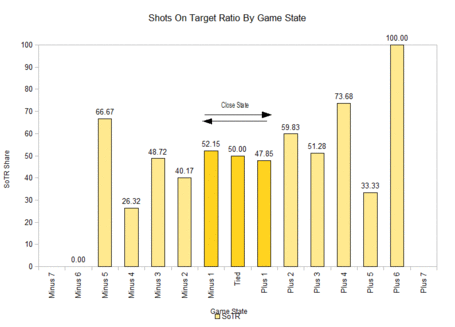
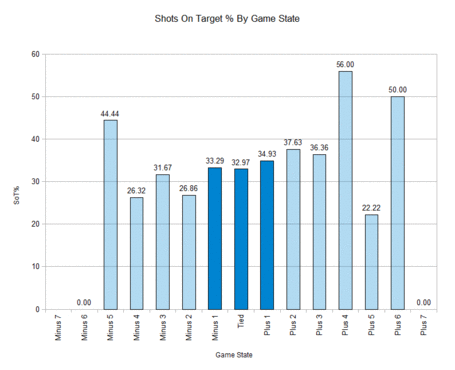
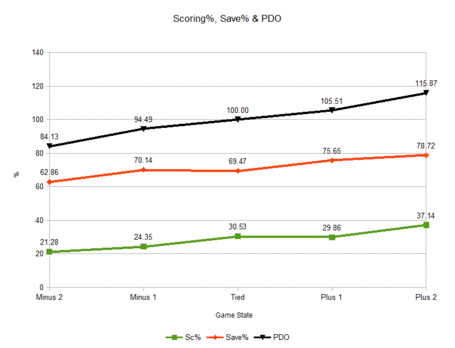
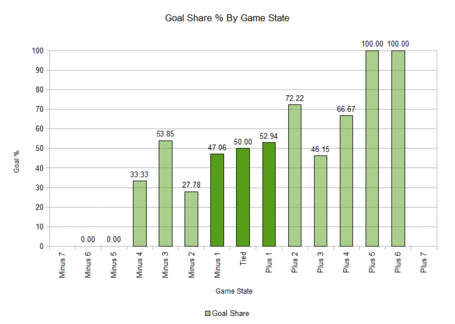
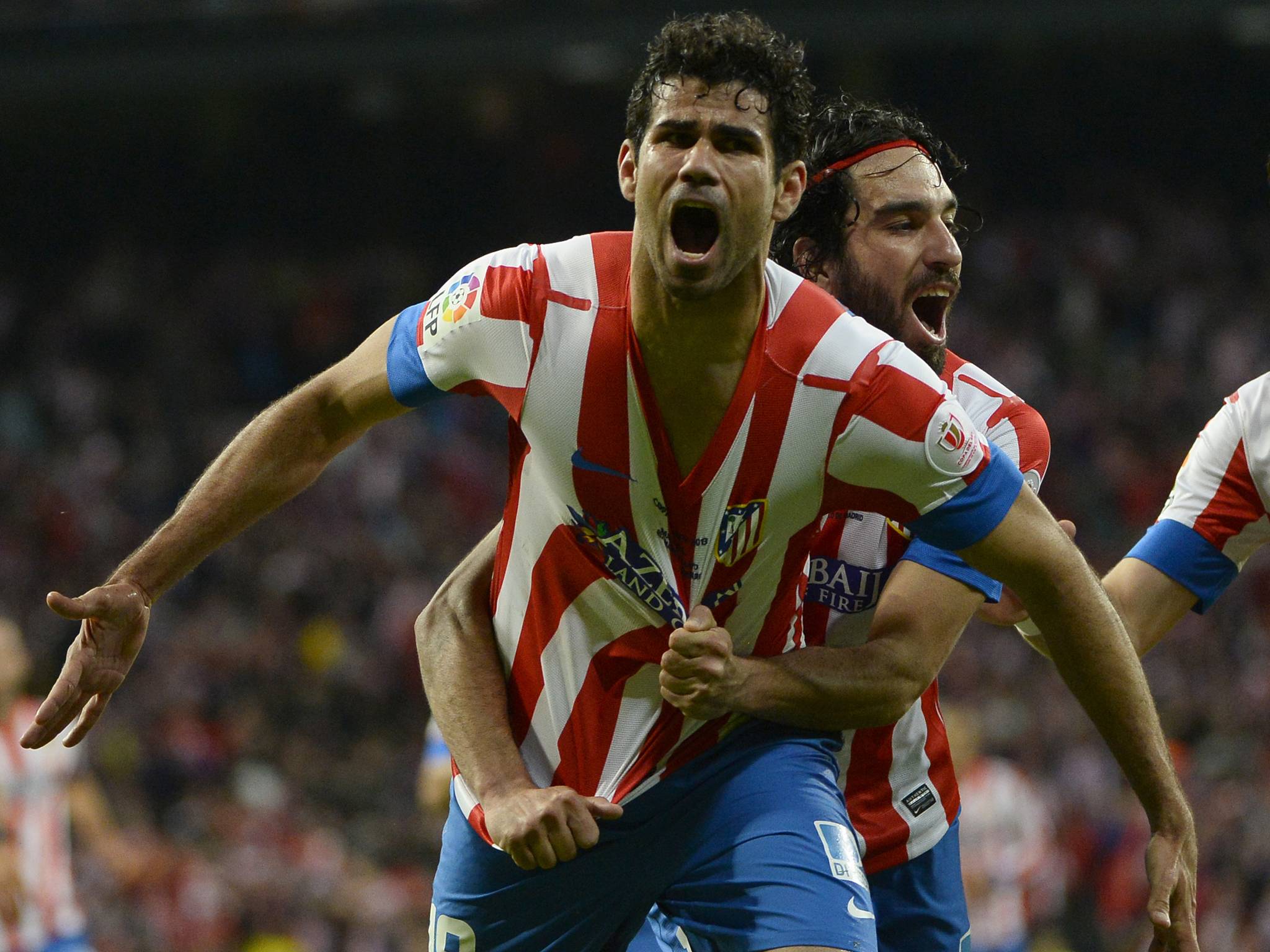
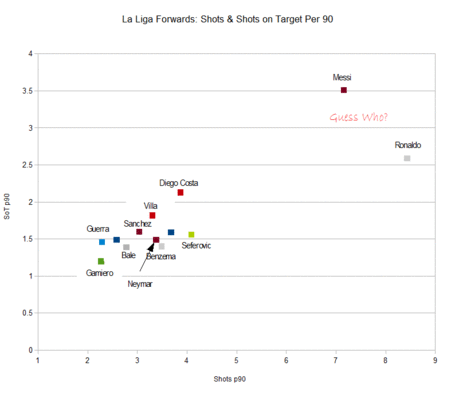
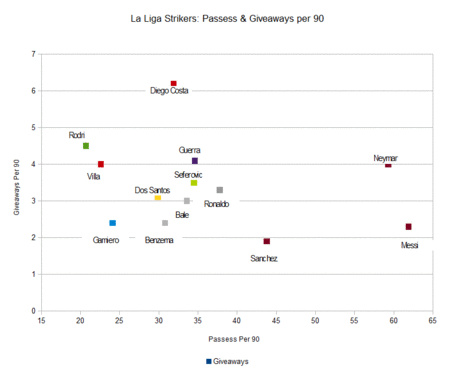
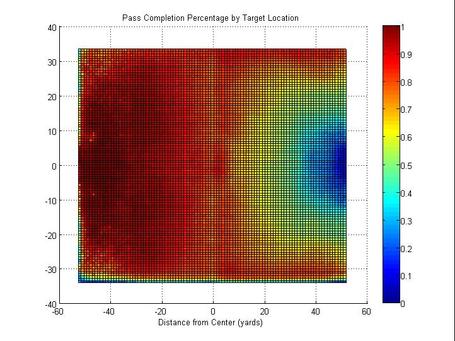
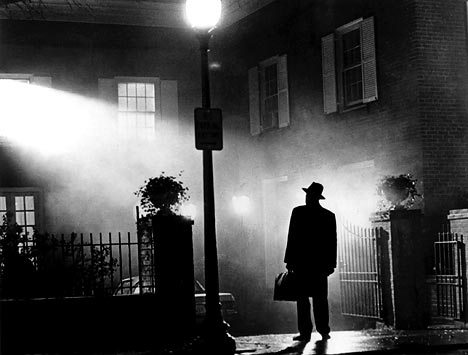
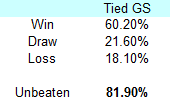


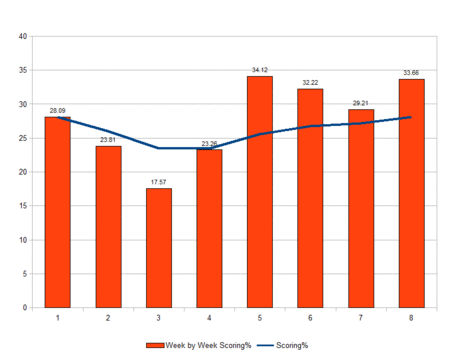
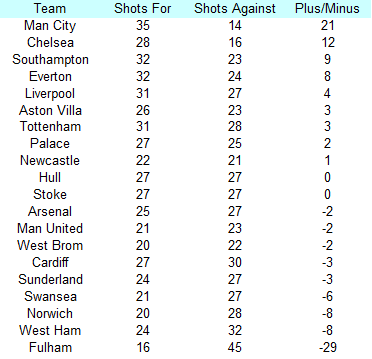
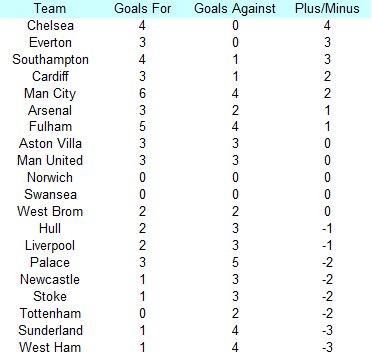
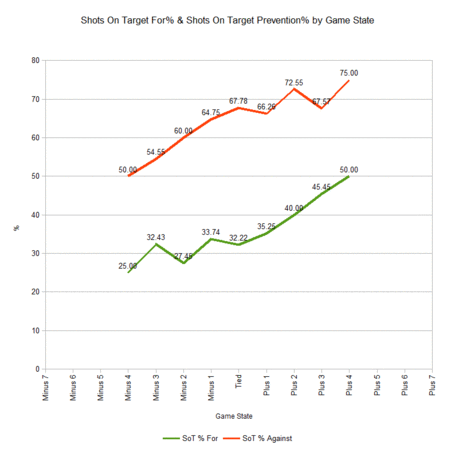
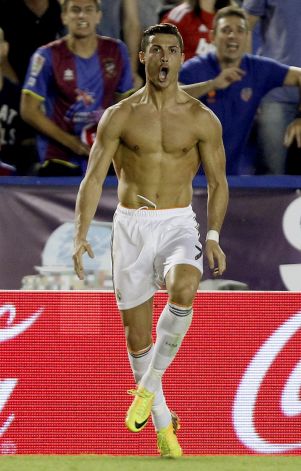
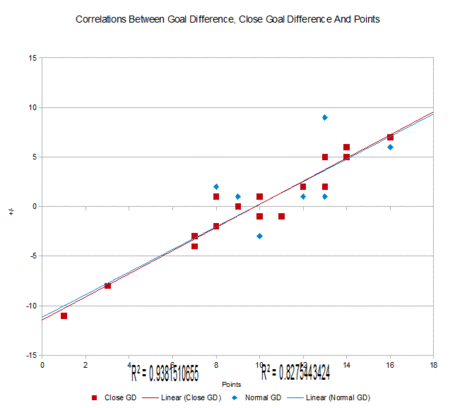
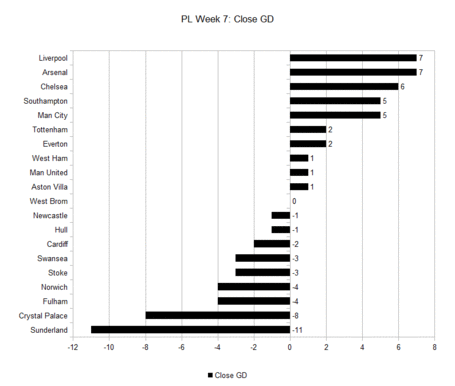
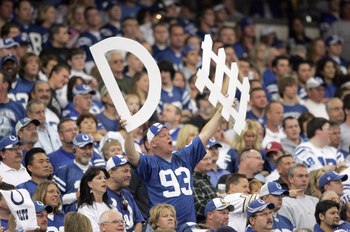
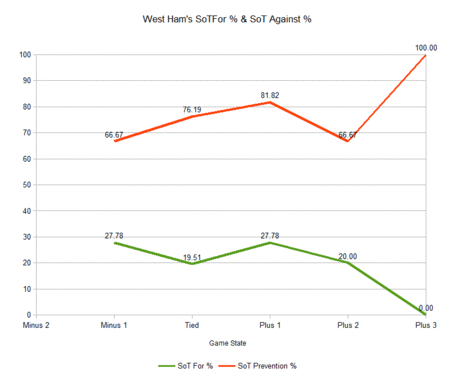
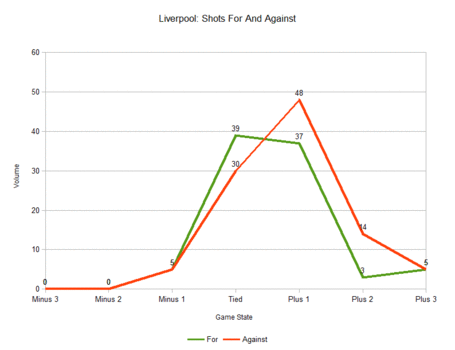 Liverpool are slightly out-shooting the opposition at Tied GS, but once in the lead (Plus 1, 2) Liverpool's shots numbers drop off and the oppositions pick up. Liverpool's +1 GS shots number is the 3rd worst in the league behind Sunderland and Hull, not exactly the type of company one wants to keep.
Liverpool are slightly out-shooting the opposition at Tied GS, but once in the lead (Plus 1, 2) Liverpool's shots numbers drop off and the oppositions pick up. Liverpool's +1 GS shots number is the 3rd worst in the league behind Sunderland and Hull, not exactly the type of company one wants to keep.